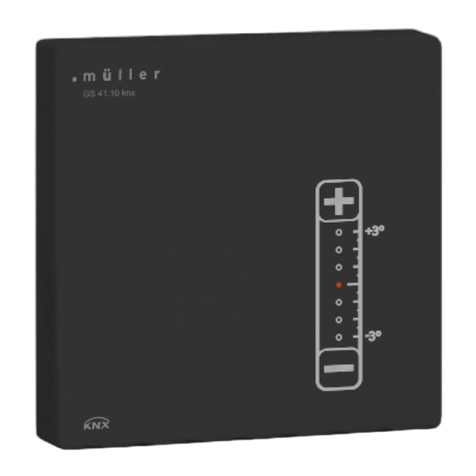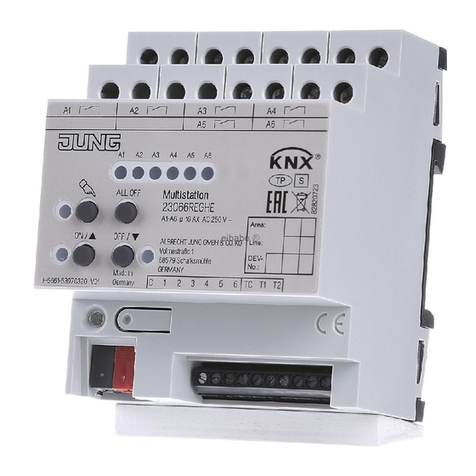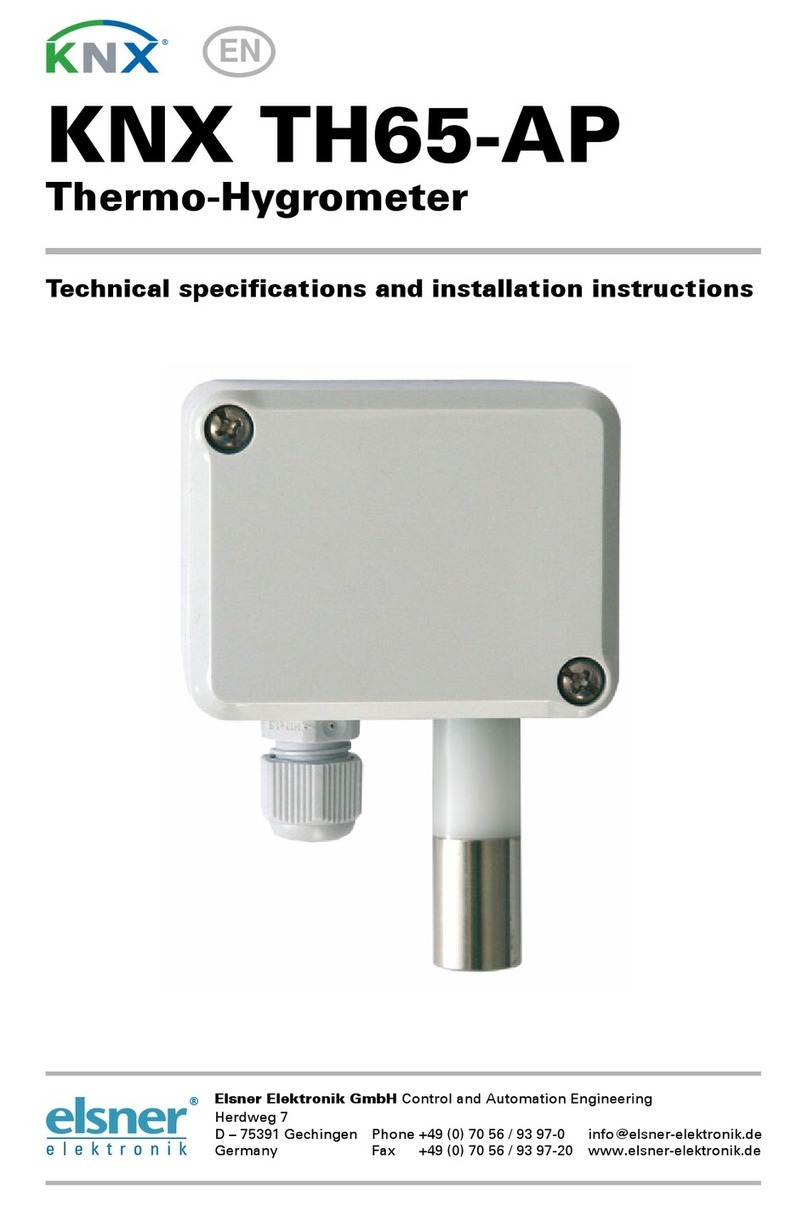
1 Content
Elsner Elektronik GmbH • Herdweg 7 • D-75391 Gechingen • Germany
Pyranometer KNX PY • from software version 1.00, ETS programme version 1.11
Status: 21.08.2013 • Errors excepted. Subject to technical changes.
1. Description ........................................................................................... 3
1.1. Scope of delivery ...................................................................................................... 3
1.2. Technical specifications ........................................................................................... 3
2. Installation and commissioning ........................................................... 4
2.1. Installation notes ...................................................................................................... 4
2.2. Location ..................................................................................................................... 5
2.3. Mounting the sensor ................................................................................................ 5
2.3.1. Attaching the mount ..................................................................................... 5
2.3.2. View of rear side and drill hole plan ........................................................... 7
2.3.3. Preparing the sensor .................................................................................... 8
2.3.4. PCB layout ..................................................................................................... 8
2.3.5. Mounting the sensor .................................................................................... 9
2.4. Notes on mounting and commissioning ................................................................ 9
3. Addressing of the device at the bus .................................................... 9
4. Maintenance ....................................................................................... 10
5. Transmission Protocol ....................................................................... 11
5.1. List of all communication objects ......................................................................... 11
6. Setting of parameters ........................................................................ 13
6.1. General settings ..................................................................................................... 13
6.2. Threshold values .................................................................................................... 14
6.2.1. Threshold value 1 / 2 / 3 / 4 ........................................................................ 14
6.3. Logic ........................................................................................................................ 15
6.3.1. AND Logic 1 / 2 ............................................................................................ 16
6.3.2. Linkage inputs of AND Logic ..................................................................... 17
6.3.3. OR Logic 1 / 2 .............................................................................................. 17
6.3.4. Linkage inputs of OR Logic ........................................................................ 18































